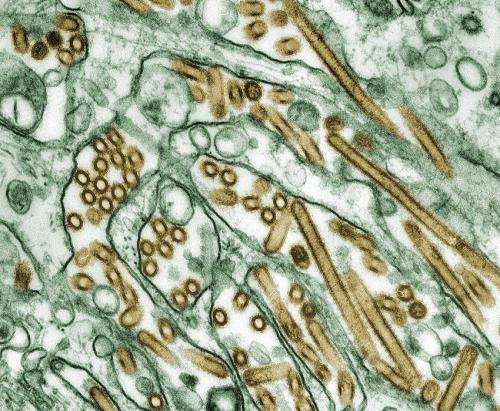Effectiveness of Medication-Assisted Treatment in Jails Shows Reduced Overdose and Reincarceration Risks

A groundbreaking study demonstrates that providing medication-assisted treatment in jails significantly lowers overdose fatalities and reduces reincarceration rates, emphasizing the importance of MOUD in correctional health care.
A recent study published in The New England Journal of Medicine highlights the significant benefits of providing medication for opioid use disorder (MOUD) within correctional facilities. The research analyzed data from 6,400 individuals incarcerated across seven Massachusetts county jails between September 2019 and December 2020. Among these, 42% received MOUD during imprisonment, which included buprenorphine, methadone, or naltrexone, while 58% did not receive any such treatment.
Findings indicate that those who received MOUD were substantially more likely to continue treatment after release, with 60.2% initiating community-based treatment within 30 days and 57.5% maintaining medication use six months post-release. Conversely, only 17.6% of untreated individuals started treatment in the community, and merely 22.8% continued medication use after six months.
The study also revealed that receiving MOUD in jail was associated with a 52% reduction in the risk of fatal opioid overdose, a 24% lower chance of non-fatal overdose, a 56% decrease in overall mortality, and a 12% lower likelihood of reincarceration. These positive outcomes underscore the importance of integrating MOUD into correctional health care systems.
Massachusetts has been proactive in this area, with a 2018 law that mandated a four-year pilot program to offer all FDA-approved MOUD in five county jails, with additional jails voluntarily joining the initiative. The law emphasizes continuity of care during detention and connection to community services upon release.
Researchers utilized data from various state health and justice databases, enabling a comprehensive analysis of the program’s effectiveness. They observed that individuals treated in jail mostly received buprenorphine, followed by methadone and naltrexone. Notably, early post-release treatment engagement was significantly higher among those who received jail-based MOUD.
Experts emphasize that jail-based MOUD programs are a promising strategy to combat the opioid epidemic by engaging vulnerable populations in treatment and reducing overdose deaths. As the opioid crisis continues to impact public health nationwide, expanding access to MOUD in correctional settings stands as a vital step forward.
For further information, see the full study: Peter D. Friedmann et al., 'Medications for Opioid Use Disorder in County Jails—Outcomes after Release,' New England Journal of Medicine, 2025.
Stay Updated with Mia's Feed
Get the latest health & wellness insights delivered straight to your inbox.
Related Articles
The True Leading Risk Factor for Cancer: Aging
Aging is the most significant and unavoidable risk factor for cancer. As the population ages rapidly, healthcare systems must adapt with specialized, patient-centered approaches to improve cancer care and outcomes for older adults.
Effective Targeted Concussion Treatment Enhances Long-Term Quality of Life
Recent studies show that personalized concussion care can lead to full recovery and improved quality of life years after injury, emphasizing the importance of active, tailored treatment approaches.
Potential Bias in AI Tools May Undervalue Women's Health Needs in Social Care
New research reveals that AI tools used in social care may underestimate women's health issues, risking gender bias and unequal treatment. Learn how these models impact care quality and fairness.



